Phonics practice Letter Recognition Worksheets for 6-Year-Olds
5 filtered results
-
From - To
Unlock the potential of young readers with our Phonics Practice Letter Recognition Worksheets tailored specifically for 6-year-olds! These engaging, educational sheets make mastering the alphabet fun and interactive. They’re designed to boost essential literacy skills through hands-on activities that foster letter recognition, phonemic awareness, and sound association. Perfect for both classroom settings and at-home learning, our worksheets support early reading development in a playful yet structured approach. Give your child a head start with effective phonics practice – the foundation of fluent reading and spelling. Visit us to explore our free, printable resources now!
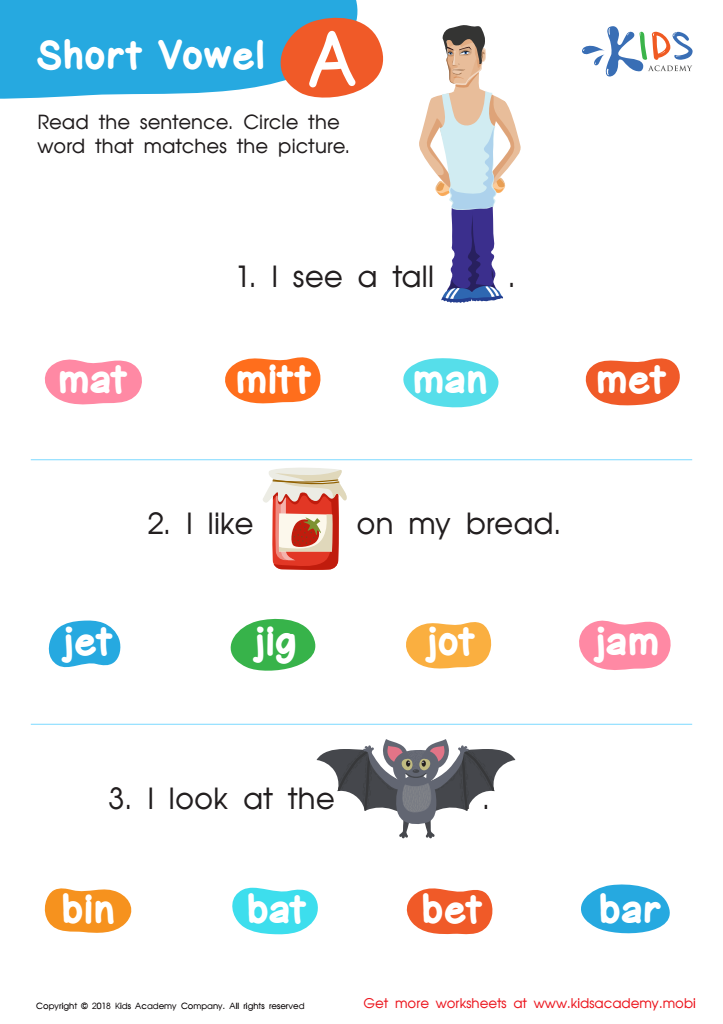

Short Vowel /a/ Worksheet
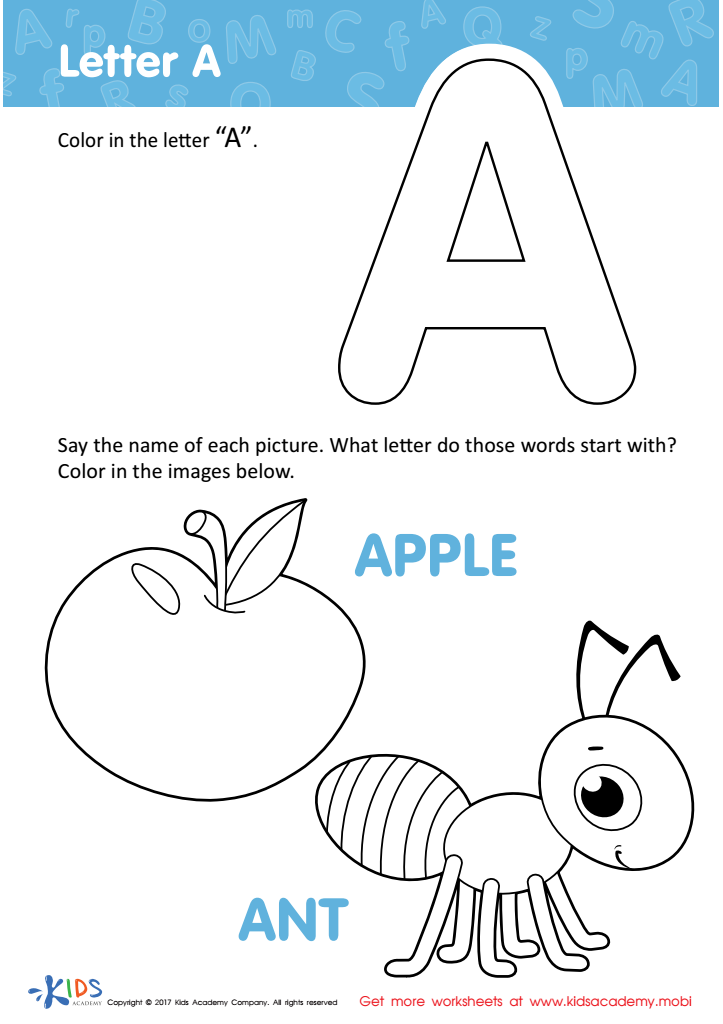

Letter A Coloring Sheet
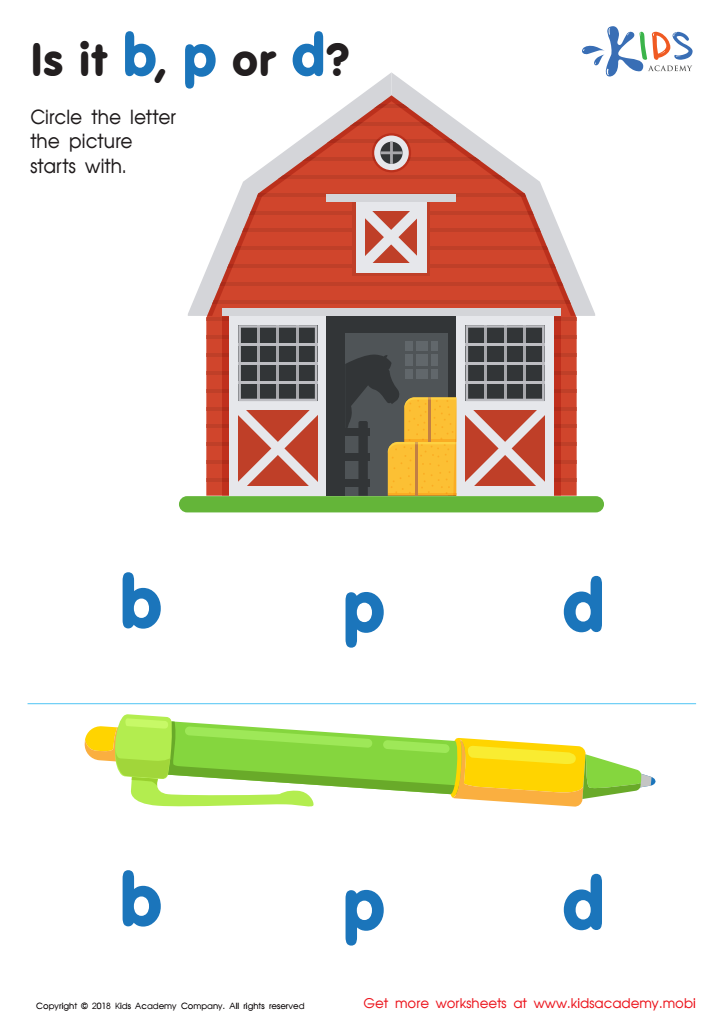

Is it b, p or d? Worksheet
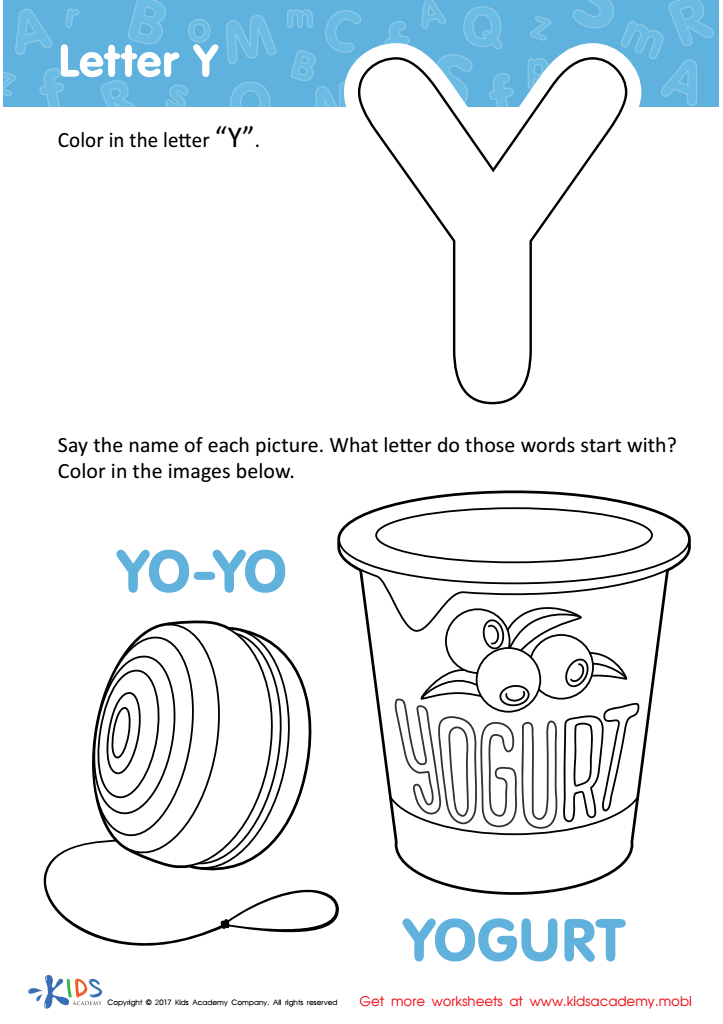

Letter Y Coloring Sheet
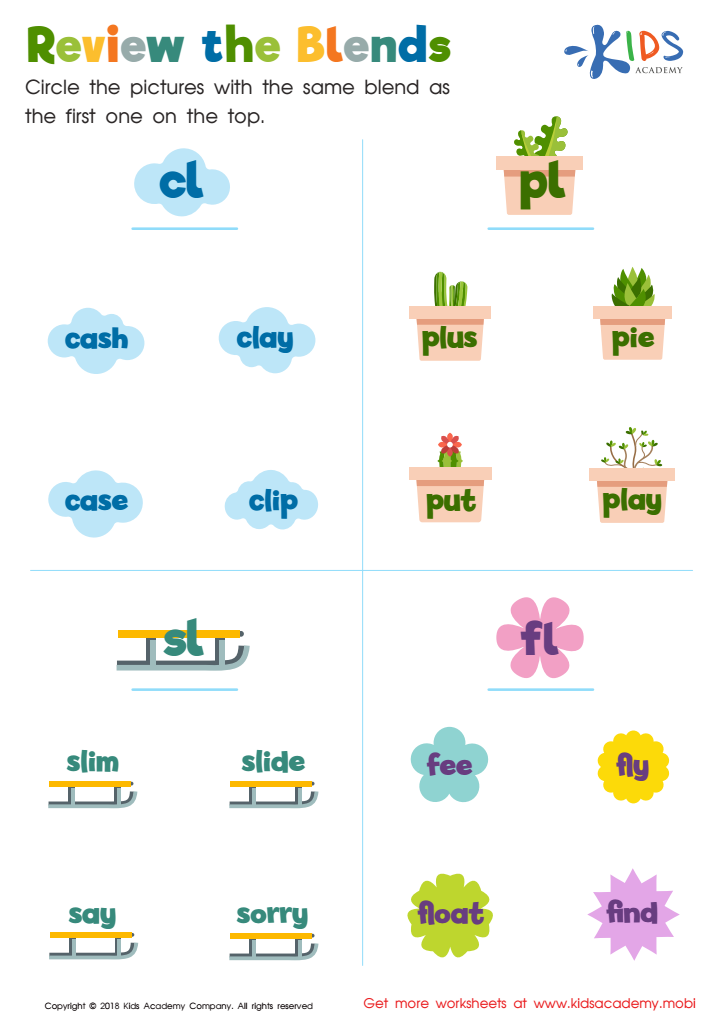

Review the Blends Worksheet
Phonics practice and letter recognition are fundamental building blocks for literacy in 6-year-olds, playing a crucial role in their reading and writing development. By recognizing letters and understanding their associated sounds, children can begin to decode words, which is essential for reading fluency. When students grasp the relationship between letters and sounds, they become more confident readers and are better equipped to tackle new and unfamiliar words.
Phonics practice helps children with spelling, as they learn to segment words into individual sounds and connect them with the correct letters. This skill is critical not just for reading, but also for writing and communicating effectively. Moreover, early mastery of phonics empowers students to comprehend reading materials more deeply, fostering a love for reading and learning.
Furthermore, phonics instruction can identify and address reading difficulties early on, allowing for timely intervention that can prevent long-term academic struggles. For parents and teachers, investing time in phonics practice supports a child's educational foundation, leading to improved academic performance and higher self-esteem. Early success in reading and writing also promotes lifelong learning and curiosity, setting children up for future success across all subjects. Therefore, attention to phonics practice and letter recognition is essential in nurturing well-rounded, literate individuals.

 Assign to My Students
Assign to My Students




















